“Dance was not pretty, not ‘graceful’, nor composed of steps. It had to dig beneath the superficial, and find a powerful beauty, even if it had to be ‘ugly’ to do so”- José Limón
José Limón spent his entire life fighting for American dance, fighting for both his own traditions and creative spirits. He created movement that was based off of heroic survival, passion of identity, suffering, and faith. Due to his contributions in the past, he established modern dance as we see it today through his translation of history. His rhythms expanded the once “kingdom of women” to a world where male expression alone now meets men in relationship. His fundamentals were based off of gestures seen in his arms, legs, chests, hips, knees, and feet. His choreography reflected the understanding and appreciation for his music, powered by his father, and this was commonly viewed through his technique and pieces.
The main composition for any of Limón’s works was this idea of suspension, which can be defined as “the change of direction when the body, in that soaring effortless magical moment after moving away from the gravitational pull, is slowly being reclaimed by it” (Limón 40). To explain Limón’s purpose behind his style was to focus on actions unheard of or unthinkable. He was known for head swings, passive stretching, falling or suspension, letting go of weight, leg swings, and beats or measures consisting of metric or breathing. His infatuation became the human mind and freeing the body to soar in a framework of silence, living out phrases according to the breath of life in the moment.
Though he was passionate about music he did not always want instrumental notes in his dances, but rather muscular dynamics such as clapping, silence or the use of one’s own breath in emotive range. He explored movement through the body to locate the dancers’ voices, having the body symbol an orchestra. His characters represented instruments such as the viola, trumpet, guitar, drums, and symbols. Limón has a unique sense about him in that he zealous about movement, dance, Chopin, Bach, and Mich, but when it came to the typical ballet structure with the body’s anatomy or Laban’s ideas, he was not of any interest.
A large factor Limón takes into account is music. He always believed that dancers are musicians, and vice versa, musicians are dancers. According to José, in order to be an excellent dancer one must link the two components into a single ingredient. Stating how successful they are when utilized together, meaning one cannot identify the difference between the two, there should not be awareness of this distinct separation heard or seen. Composers quickly picked up on Limón’s experience with tempos and that they were able to work jointly and understand or accept the opinions of one another. Limón uses Simon Sadoff, his conductor, for most of his dancers and dances as an example he mentions of a musician turned a dancer.
The funny part is how when Limón first began to incorporate music into his choreography, some critics were not on board and marked the tunes, melodies, and step arrangements as “crude and ugly." What he integrated into his pieces delineated the contours of phrasing with the music, the formations and exploitation of space along with movement, which people were unfamiliar with so they viewed it as different and wrong. Deciding to ignore the detractors, Limón considered any approach to music in dance being artistic, and how incredible people truly are even when put down or “wounded.” He was a fighter, nonetheless, and always encouraged people to find the dance that was in them. His motto was that dance was a life force and there is power in dance. He trusted himself in discovering his process and stumbling upon new ways and road paths to take, even if that meant looking into his earlier periods- in which case he did.
José’s contemporaries were the seeds to modern art birth. This design was inspired by life’s challenges, utterly human, and shaped by form to put forth such pure and complex movements. Some of his most artistic life was due to his stirring heroes of World War I and World War II, men, English nurses, and visions of past assaults. He had experience in life, hearing gun shots at the age of five-years-old during breakfast one morning, scrutinizing the death of his mother, becoming an immigrant, and so forth, even crediting ancestors as dance pioneers who had noble carriage and supremacy within their attendance.
Limón’s major influence on his career took place when he went to a performance of Harald Kreutzberg, his actual father whom was not present at his birth. Here he witnessed dance as a vision of ineffable power. A man could, with dignity and towering majesty, dance. It was due to such a presentation accomplished by this man that Limón was given hope with the thought to centralize the strengths and flaws of men with themes of love, fealty, and betrayal as a substitute for Limón’s initial pursuance in painting. He had mental pictures of men dancing alongside women and introduced contact improve and releasing techniques. He suggested off balance routines that would glide an individual on the floor or off to another area in the space. Such thought process began in the dance studio of his foster parents, Doris Humphrey and Charles Wiedman, of which he owes his life to claiming it was their dance classes that brought Limón to life.
His concentrations were towards the dramas of life, and, though it is taught today, there was never a written down technique set. Limón felt that the idea of a rigid outline would limit the possibilities, when he was promoting simplicity, and clarity without extraneous movement, surplus energy, or unwanted tension. His goal was not to establish a structure, but instead endorse the feeling of fearlessness, impulsive attack, or spontaneous actions that would surprise the audience.
Past performances of him were noted as sending his body into the air by sheer will, oblivious as to where he would end up when he came back down to the ground. Limón never tried to look “pretty” when he danced so he believed that when one truly stopped focusing on this concept he or she would become beautiful, and portray traits that would “communicate volume” to a local spectator. He considered himself an outsider, though his choreography ended up piercing social links, political structures, psychological relationships, and a growth in not only men’s lives but American dance as a whole.
The José Limón Dance Company is 69 years old (1947 birth) and has demonstrated modern dance repertory, and works of classic modern. Born in Mexico, Limón’s personal career as a creative and performing artist was established in the United States and led him to be not only a phenomenal dancer, but a trademark in choreographing and networking. Because of the economy at this time this made for harder travel for companies with much drapery, and the government was not in favor of the American arts. However, Limón had a background in Hispanic which provided common ground with Latin Americans and commenced the company to be selected by the State Department to promote good will and present a positive image of American culture by going on tour.
José Limón was now declared the first artist to receive funds under the State Department’s newly formed International Exchange Program. With this investment of the UNESCO in 1954-a project to tour which was one of the major importance to our country’s international relations- his company was able to perform in various countries including: Australia, Philippines, Hong Kong, Taiwan, Korea, Japan, Malaysia, Thailand, Cambodia, and Singapore and became a United States representative. He constituted an ideal choice as an artist and diplomat during this era for he launched new connections and cultural exchanges. It was because of Limón’s performance that insidious and constant efforts to portray the United States as a heartless and materialistic community were ended. It was so impressive that is offset any negative feedback or comments. It was up until his death (due to cancer on December 2, 1972) that the company was at its peak.
Now it has taken years to balance the memory of his presence, being one of the founders of modern dance in this country. Limón left the 16 dancers in his company with no one else in charge. There was no clear provision made in his will to care for his dances, especially with having no actual dance school of his own. He built a barn years ago that was to later become a studio, but was not fully completed. It was understood how Limón left the company as he lived, fighting for the dance and creating. In his dances he often used narratives structures, based on literary or biblical themes, to explore the characters of his heroes and heroines and the motivations behind all their actions forming abstract linear configurations, and shifting the attention to all who were on stage. Jose Limón was able to counter the perception of the American culture and present a technique that would be continued for the rest of eternity.

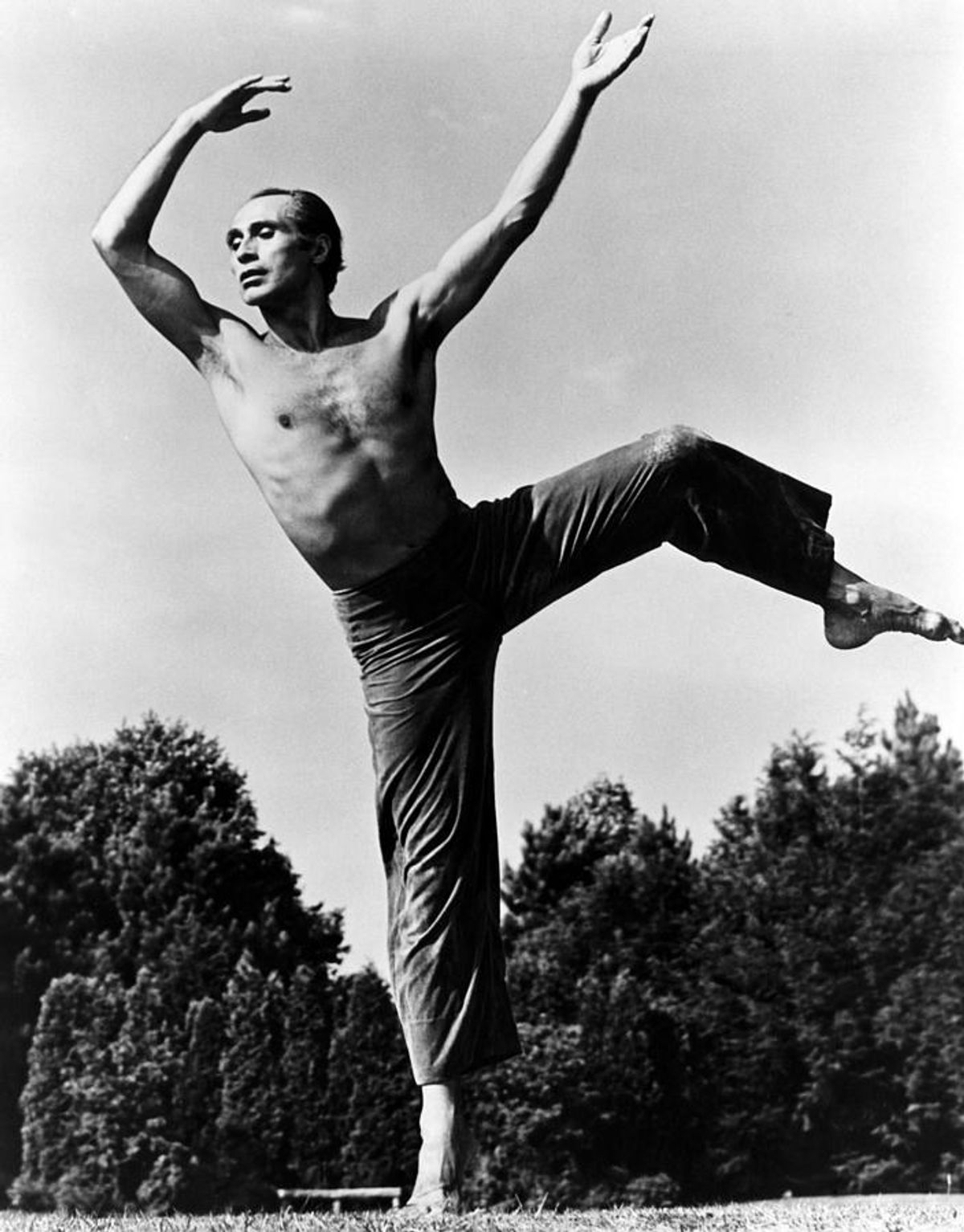
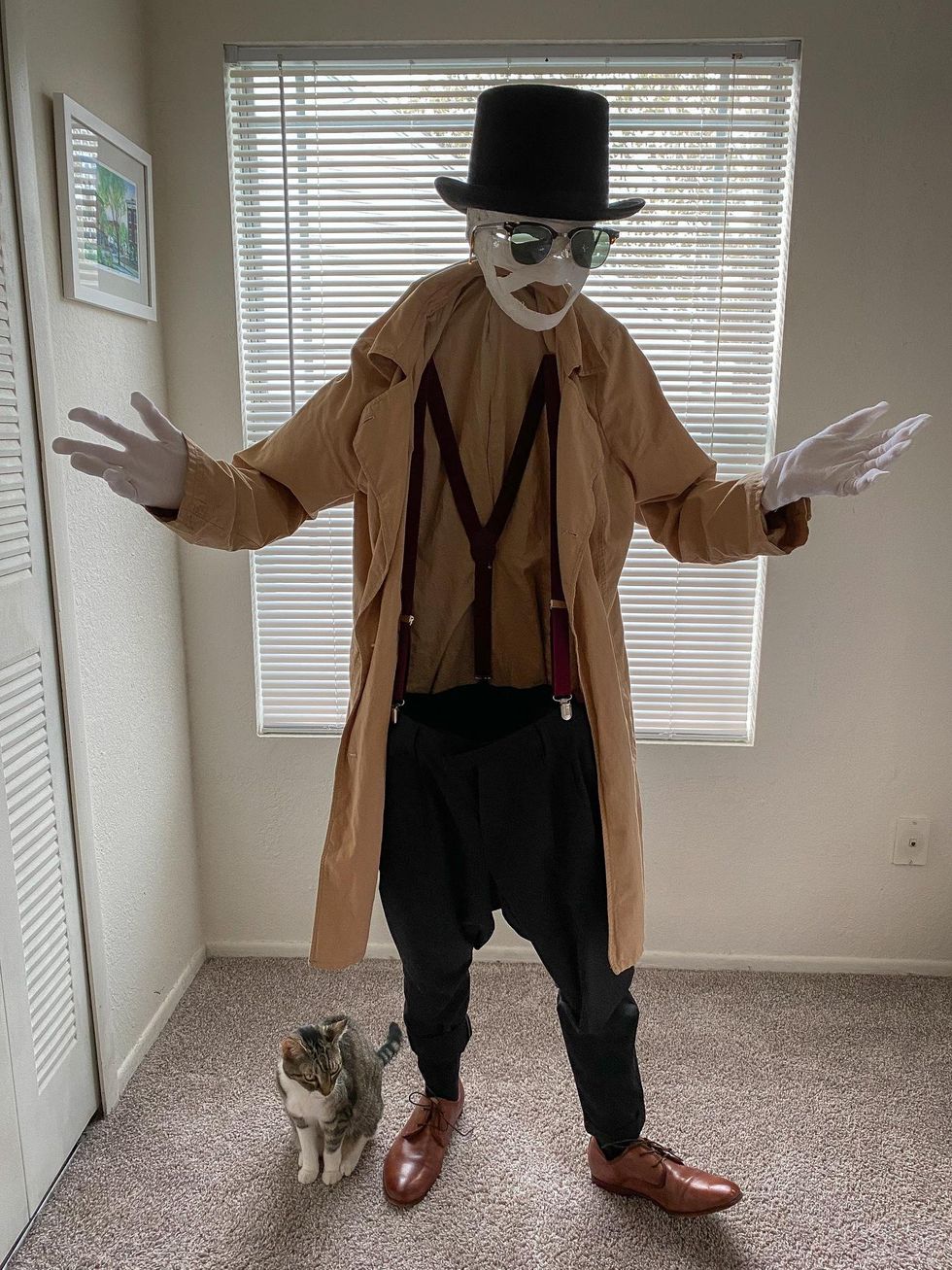

 Going to the cinema alone is good for your mental health, says science
Going to the cinema alone is good for your mental health, says science
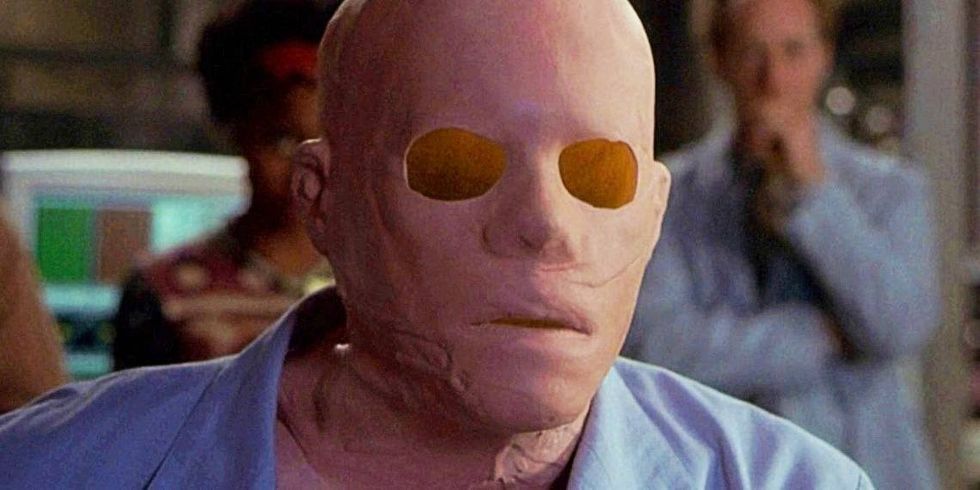
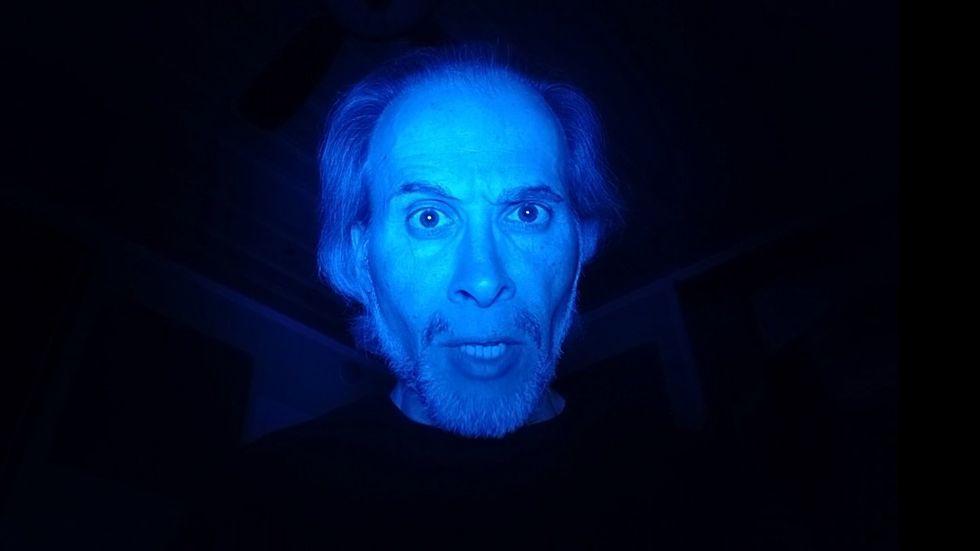
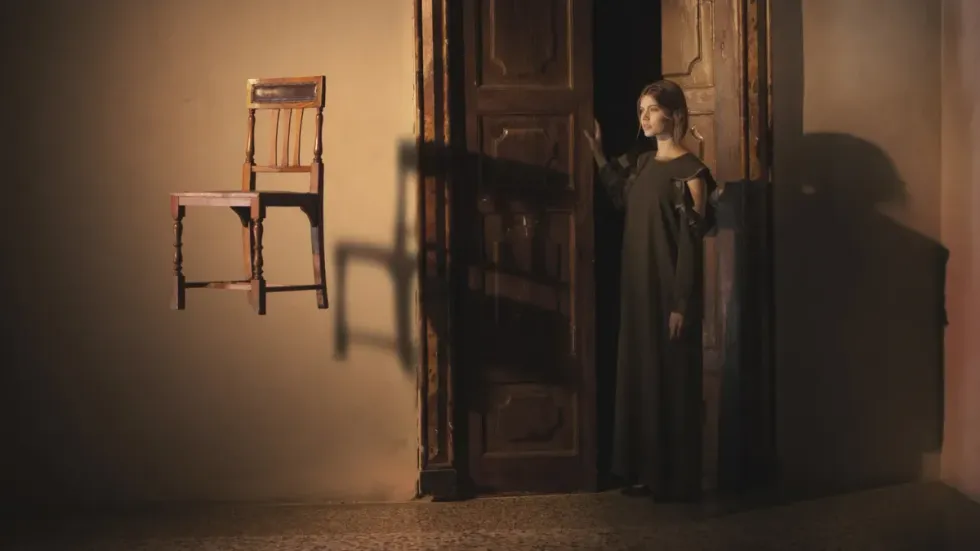

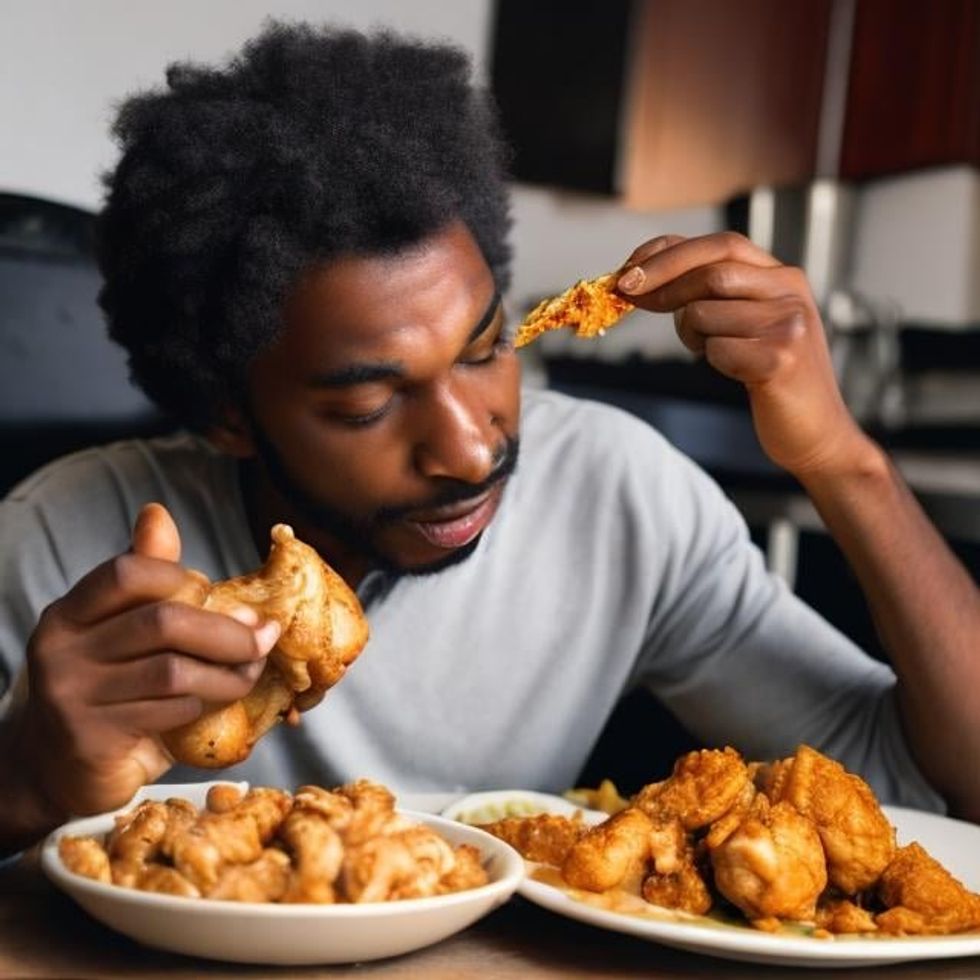
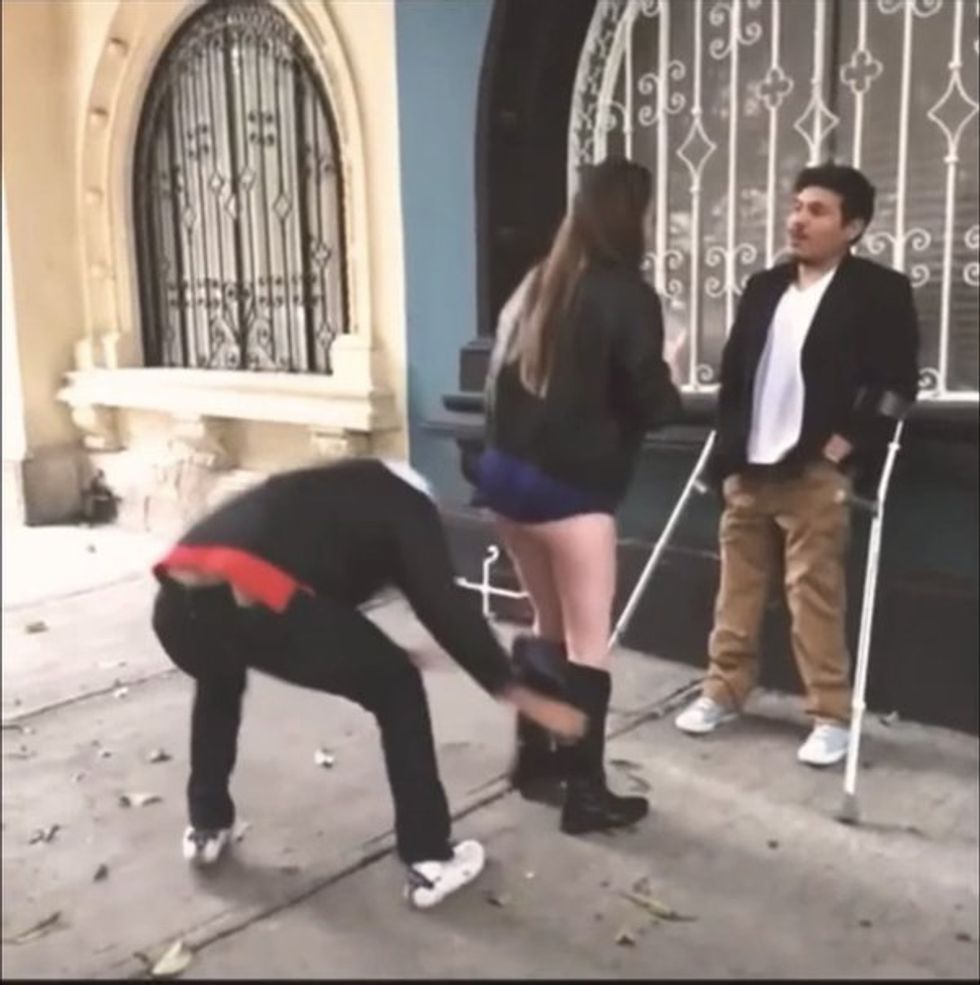

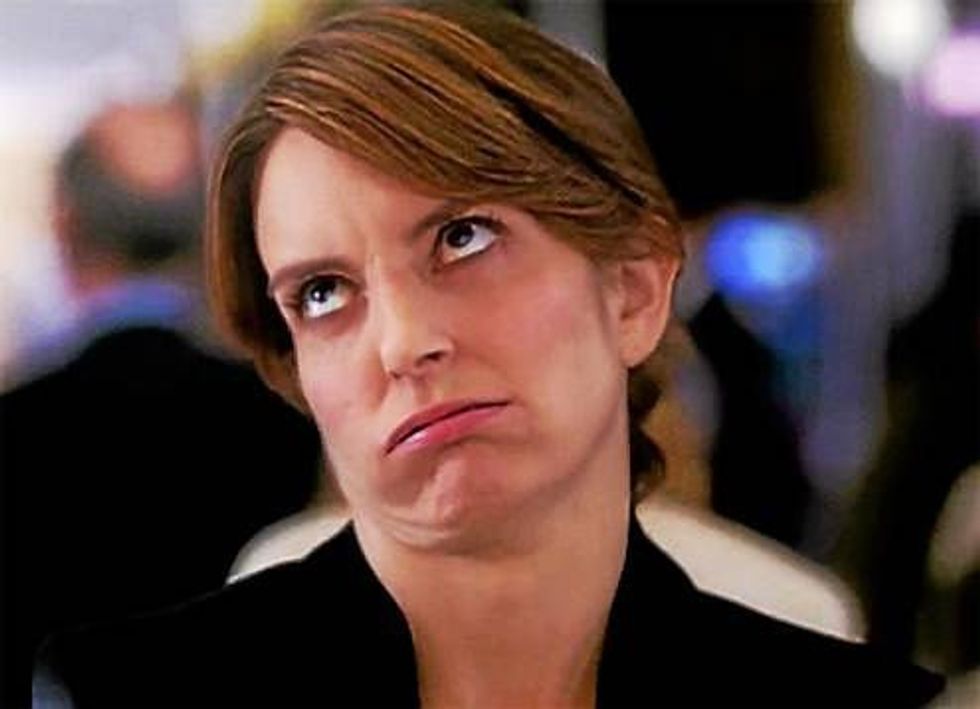




 women in street dancing
Photo by
women in street dancing
Photo by  man and woman standing in front of louver door
Photo by
man and woman standing in front of louver door
Photo by  man in black t-shirt holding coca cola bottle
Photo by
man in black t-shirt holding coca cola bottle
Photo by  red and white coca cola signage
Photo by
red and white coca cola signage
Photo by  man holding luggage photo
Photo by
man holding luggage photo
Photo by  topless boy in blue denim jeans riding red bicycle during daytime
Photo by
topless boy in blue denim jeans riding red bicycle during daytime
Photo by  trust spelled with wooden letter blocks on a table
Photo by
trust spelled with wooden letter blocks on a table
Photo by  Everyone is Welcome signage
Photo by
Everyone is Welcome signage
Photo by  man with cap and background with red and pink wall l
Photo by
man with cap and background with red and pink wall l
Photo by  difficult roads lead to beautiful destinations desk decor
Photo by
difficult roads lead to beautiful destinations desk decor
Photo by  photography of woman pointing her finger near an man
Photo by
photography of woman pointing her finger near an man
Photo by  closeup photography of woman smiling
Photo by
closeup photography of woman smiling
Photo by  a man doing a trick on a skateboard
Photo by
a man doing a trick on a skateboard
Photo by  two men
two men  running man on bridge
Photo by
running man on bridge
Photo by  orange white and black bag
Photo by
orange white and black bag
Photo by  girl sitting on gray rocks
Photo by
girl sitting on gray rocks
Photo by  assorted-color painted wall with painting materials
Photo by
assorted-color painted wall with painting materials
Photo by  three women sitting on brown wooden bench
Photo by
three women sitting on brown wooden bench
Photo by 
 Photo by
Photo by  Photo by
Photo by  Photo by
Photo by  Photo by
Photo by 


 people sitting on chair in front of computer
people sitting on chair in front of computer



 all stars lol GIF by Lifetime
all stars lol GIF by Lifetime two women talking while looking at laptop computerPhoto by
two women talking while looking at laptop computerPhoto by  shallow focus photography of two boys doing wacky facesPhoto by
shallow focus photography of two boys doing wacky facesPhoto by  happy birthday balloons with happy birthday textPhoto by
happy birthday balloons with happy birthday textPhoto by  itty-bitty living space." | The Genie shows Aladdin how… | Flickr
itty-bitty living space." | The Genie shows Aladdin how… | Flickr shallow focus photography of dog and catPhoto by
shallow focus photography of dog and catPhoto by  yellow Volkswagen van on roadPhoto by
yellow Volkswagen van on roadPhoto by  orange i have a crush on you neon light signagePhoto by
orange i have a crush on you neon light signagePhoto by  5 Tattoos Artist That Will Make You Want A Tattoo
5 Tattoos Artist That Will Make You Want A Tattoo woman biting pencil while sitting on chair in front of computer during daytimePhoto by
woman biting pencil while sitting on chair in front of computer during daytimePhoto by  a scrabbled wooden block spelling the word prizePhoto by
a scrabbled wooden block spelling the word prizePhoto by 








